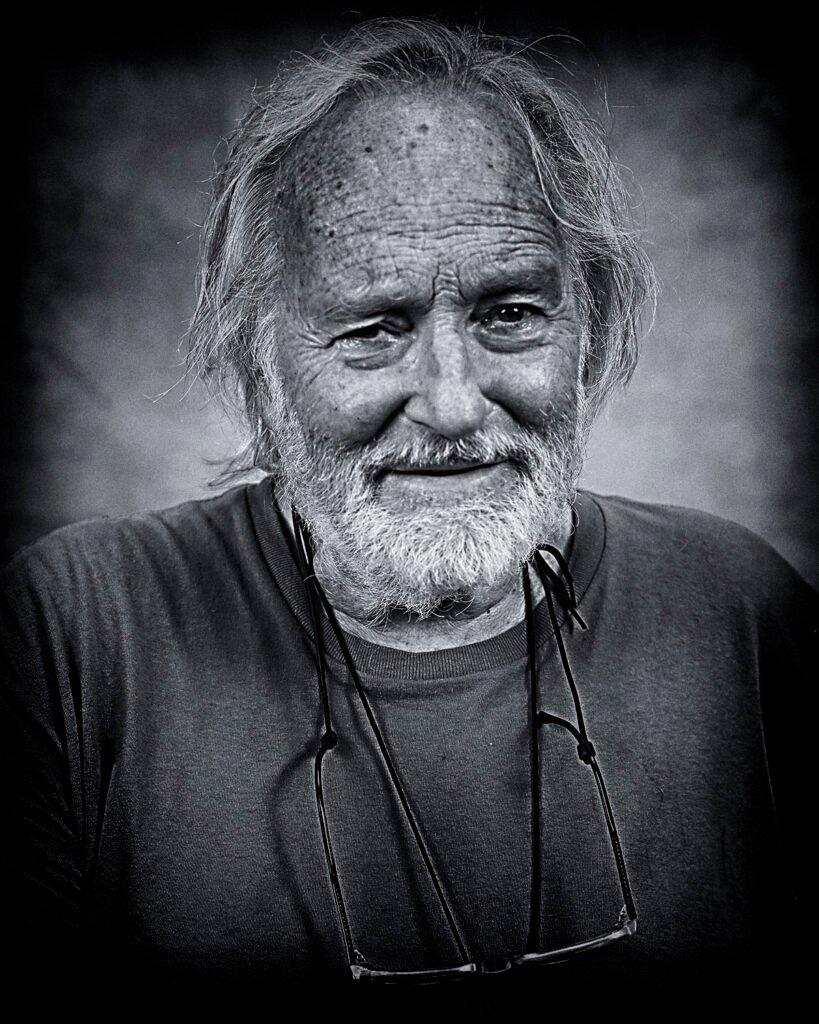
In the quiet of a sunlit café, tucked in the heart of a city that never truly slows down, Stephen, now in the twilight of a life well-lived, sits across from me. His silver hair catches the light, a sharp contrast against the dark, worn leather jacket he’s had for years. The years have certainly passed, but there’s a certain energy that hasn’t left him.
Once, his was a name well-known in the industry–in Hollywood, there was really only one. He was known for his meticulous eye for detail, his ability to frame moments in ways that seemed almost magical. He had worked on dozens of films, some that would go on to become cult classics, others that faded into the depths of film history. Yet Stephen didn’t care much for fame. He cared about capturing truth, emotion, light—and shadows. His artistry evolved, naturally, from film to photography. A lens, after all, is a lens, whether you’re shooting the next blockbuster or a simple cityscape. I remember him telling me once, with that half-smile that only comes from someone who’s seen and lived a thousand stories, “Every frame is an opportunity. Some are caught in a second. Others… they take a lifetime to unfold.”
Stephen’s photographs are framed around the apartment, each one telling a different story—a quiet street in Paris, the glowing silhouette of a woman dancing in the rain, the candid moments of a filmmaker’s crew on set. But the one I always gravitate toward is a black-and-white portrait of an old friend, a fellow filmmaker from the 60s, his face half-lit by a streetlamp, caught in a fleeting moment of thought. It’s haunting, the way it seems to capture the essence of a life just beginning to blur into memory. And yet, Stephen never saw his photography as “art” in the traditional sense. For him, it was just the natural extension of his work in film. “It’s all storytelling,” he’d say, tapping the rim of his coffee cup as if solving a puzzle. “Whether you’re directing, photographing, or just observing… it’s the story that matters.”
I ask him if he still thinks about making films, if he ever feels the itch to step behind the camera again. He chuckles softly, the kind of sound that could only belong to someone who’s lived through decades of change but remained steadfast in their craft.
“Films… well, films are like a good old love affair,” he tells me. “You don’t get into them just for the job. You fall in love, you get caught up, and then… sometimes you let it go.” He pauses, eyes distant. “But photography? Photography’s a different kind of love. It’s like catching a single heartbeat in time and letting it live forever.”
As we finish our coffee, he stands, pulls his camera from his bag, and snaps a few candid shots of the café’s patrons. They never see him coming. And for a moment, I realize—Stephen hasn’t changed. He’s still the filmmaker, the artist, the photographer he always was. The world just keeps moving, but for Stephen, some things never age.